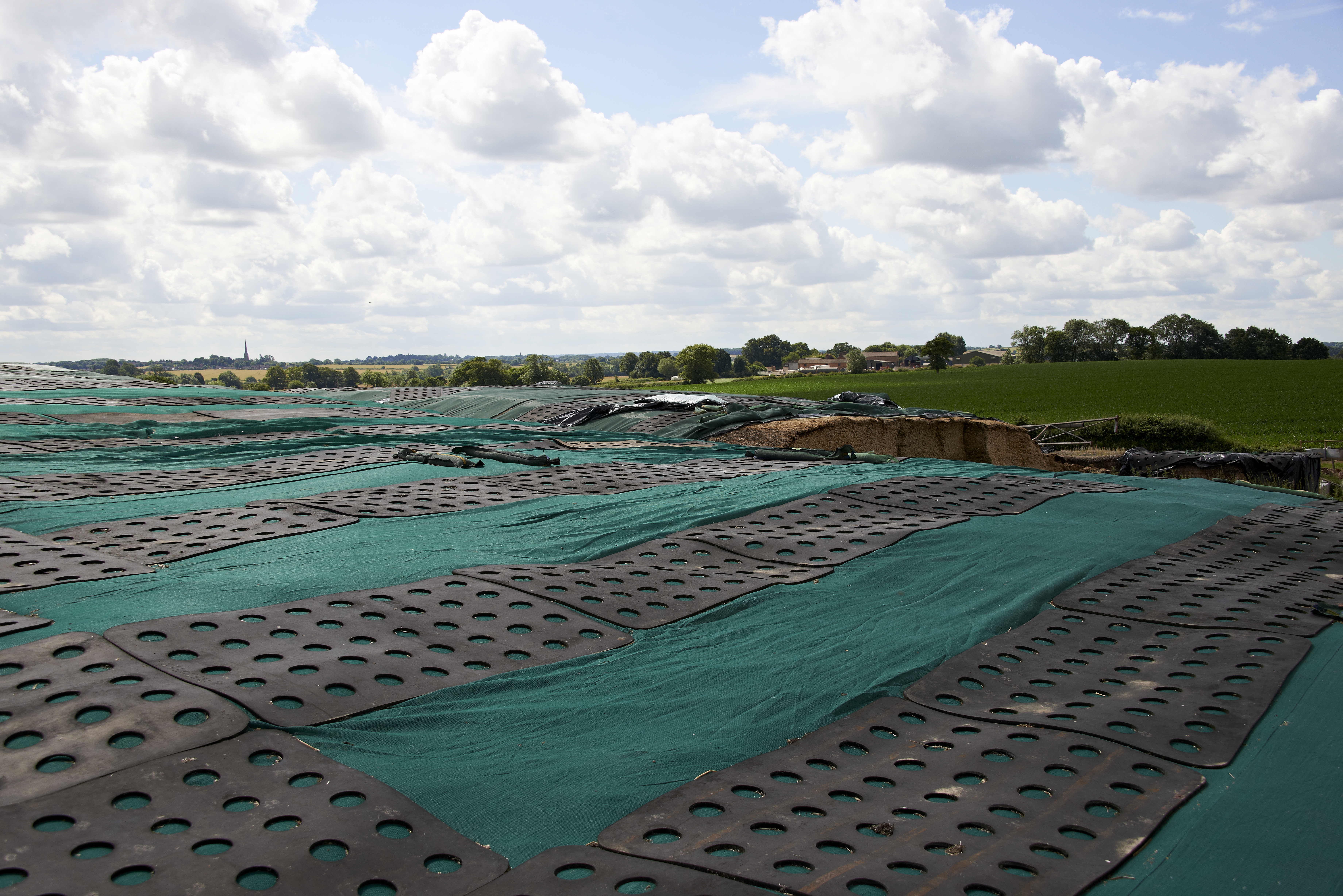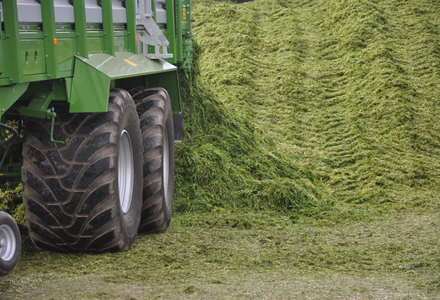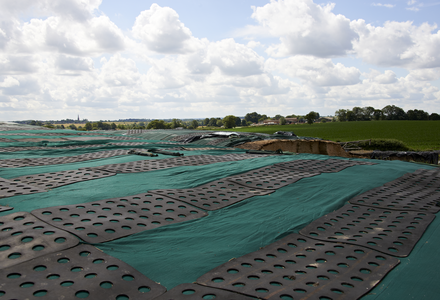Clamp sealing:how well are you wrapping up your hard work this harvest
11 September 2020
Sheeting the clamp at the end of a long day can seem like a chore. But whether making maize, grass or other silages, putting extra effort into it can improve both the quality and quantity of what you conserve.

The aim of sheeting is to keep silage as airtight as possible. Oxygen in the clamp hinders the fermentation and increases the risk of losses from heating (aerobic spoilage). So it is crucial to seal it out as completely as possible. The last thing you want is pockets of air.
Check out these top tips to see if you are taking all the right steps.
1. Self-seal with cling film
Using an oxygen barrier ‘cling film’ type sheet placed directly on top of the consolidated silage is a key step for keeping things airtight. Some of these products can be 5-20 times more resistant to oxygen penetration than a standard black top sheet. Moreover, their flexibility means they follow the contours of the silage – creating a ‘self-sealing’ layer as they are ‘sucked down’.
2. Don’t skimp on side sheets
Bare concrete walls are also porous, which means oxygen can easily pass through them. So side sheets should always be used. But more than that, side sheets should be fitted to cover the entire wall – all the way down to the floor – and extend beyond the top of the clamp by at least a metre, or preferably more. That way, they can be folded over the top of the oxygen barrier film for a really good seal.
3. Be flexible with top sheets
Thicker top sheets may seem better in theory, but they can be less flexible than thinner ones, allowing spaces for air. As an alternative, look for top sheets made up of multiple, thinner layers for improved flexibility, but make sure they are of high strength and high quality, to avoid punctures and tearing. And always ensure the top sheet is tight.
4. Weave in protection
Covering the plastic top sheet with a heavy, woven sheet not only provides an even foundation for the final weight added on top of it, it also helps protect the top sheet against damage. However, woven sheets on their own are not heavy enough. They must also be weighted over their entire surface. It is also not sufficient to simply place a few tyres or sandbags here and there.
5. Spread your weight
The heavier the weight on top of a well-sealed clamp, the better it will remain consolidated against air ingress. However, the other crucial point is that the weight must be spread evenly. On indoor clamps, heavy straw bales can provide a good way of achieving this, provided they can be stacked and maintained safely. Alternatively, and on outdoor clamps, lorry tyre sidewalls or heavy rubber mats (both arranged so they are touching each other) can all provide an evenly-weighted layer. Avoid using tyres that still contain wires in their carcass: there is a risk of stray wires puncturing the sheeting or ending up in the silage. Additionally, weight with sandbags all around the clamp edges. And don’t forget to seal the ramp properly – by extending the top sheet at least half a metre beyond the front of the silage and weighting fully all the way to its front edge.
Last but not least, our bonus tip!
As an added tip, when filling the clamp, consider leaving it slightly concaved across the surface. That way, it makes it easier to consolidate all the way to the edges on each side.

